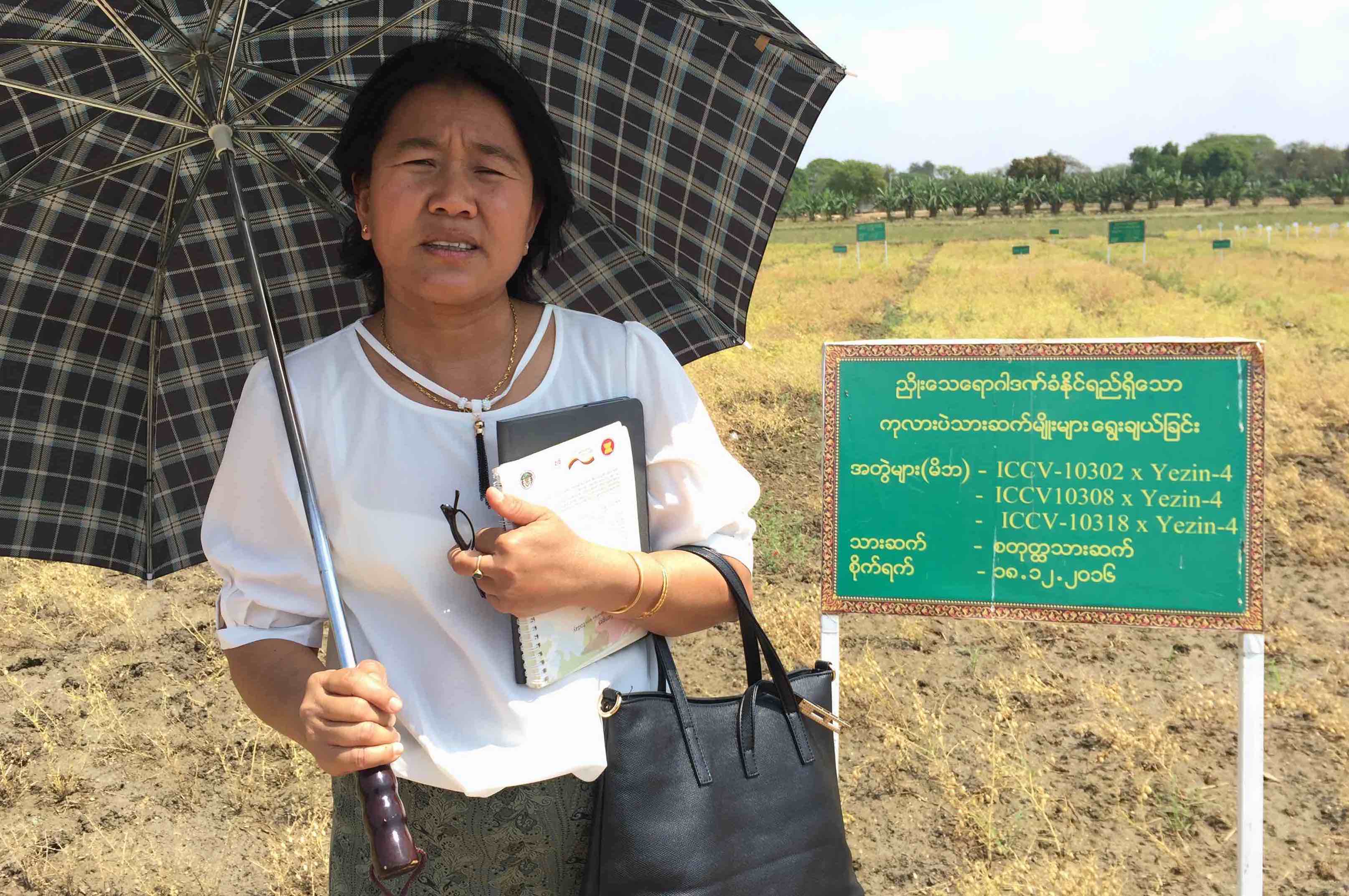The global agricultural research system is firmly built on collaborative science. Historic successes in increasing yields of food staple crops are directly attributable to scientists and scientific organizations sharing data, information, and materials across national boundaries.
Unfortunately, there is emerging evidence suggesting that policy changes could slow the global circulation of germplasm (the living genetic material used in plant breeding)—the result of unintended consequences from the global treaties and national policies designed to improve the distribution of gains from innovation.
In the world of plant breeding and crop improvement, a slowdown in the international exchanges of germplasm would be a critical blow to scientific progress.
Think about what we eat and where it comes from. Maize grown in Malawi and Nepal owes its existence to germplasm sourced from Mexico. Wheat in Australia and the United States owes a similar debt to Syria. Cassava in West Africa and South America are both dependent on the movement of germplasm across the Atlantic to support breeding efforts targeting a multitude of pests and diseases that threaten the crop.
And chickpea research trials being conducted by Dr. Mar Mar Win (photo, right) of the Department of Agricultural Research (DAR) in Myanmar hinge on the ability of her team to cross breeding lines from the International Crops Research Institute for the Semi-Arid Tropics (ICRISAT) in India with lines developed at DAR’s research center in Yezin.
In short, the movement of germplasm from countries of genetic origin and genetic diversity to gene banks and breeding programs around the world is what makes agricultural research a truly global collaboration.
Genetic resources are, like many valuable natural resources, subject to policies that govern their use, exchange, and conservation. Many of these policies are sensible and well-intended efforts to allocate the gains from innovation—the benefits of cultivar improvements—equitably among countries, communities, farmers, and consumers.
At the center of this policy landscape is the 1993 Convention on Biological Diversity (CBD), which aims to conserve natural capital and reward communities for their historic role in conserving and improving genetic resources. Two subsequent treaties—the International Treaty on Plant Genetic Resources for Food and Agriculture (ITPGRFA), which entered into force in 2004, and the Nagoya Protocol on Access to Genetic Resources and the Fair and Equitable Sharing of Benefits, which entered into force in 2014—advance these aims by establishing guidelines for signatory countries to manage the exchange of genetic resources and to set terms for sharing the benefits of improvements made with those resources.
But national policies designed to comply with this global treaty regime appear to be producing frictions alongside its safeguards. Countries are getting stricter about the conditions under which they are willing to share germplasm, while their expectations of the gains from benefit-sharing arrangements seem to be growing faster than the actual realization of benefits.
A team of policy researchers from Arizona State University, CIRAD, the University of Illinois at Chicago, and IFPRI recently organized a workshop in Washington, D.C. to explore these frictions in greater detail. The event, titled “The moving landscape of moving germplasm” brought to the table a small group of agricultural scientists, policy experts, and funding agencies affected by the changes in the global arena, represented by colleagues from Bioversity International, the U.S. Department of Agriculture, the U.S. Agency for International Development, and the CGIAR System, among many others. The workshop was supported by USAID as part of Feed the Future and by the Consultative Group on International Agricultural Research through its research program on Policies, Institutions, and Markets.
Conversations at the workshop demonstrated just how dependent the world is on international exchanges of germplasm, and how scientists working with germplasm are increasingly feeling the stresses of this rapidly changing situation. There is a keen sense of uncertainty in the immediate future.
What are some of the scenarios for global scientific collaboration going forward? Scientists may choose to limit the scope of their collaboration to only those colleagues who can effectively deal with regulatory requirements. Scientists may slow their research down as they wait patiently for germplasm requests to wind their way through layers of complex regulatory requirements and uncertainty around approval of their requests. Scientists in some countries may become open, active super-providers of germplasm while others check out completely. Or, at the extreme, scientists may simply abandon entire lines of research and focus their minds elsewhere. The implications in terms of both time and cost for crop improvement and global food security are potentially significant.
Many scientists have been aware of the changing global policy regime for several years now. What’s new is that the United States became a signatory to the ITPGRFA in late 2016. A new set of U.S. regulatory requirements around germplasm exchanges and access and benefit sharing arrangements are coming into force. These regulations will affect university breeding programs, the crop science industry, and international collaborations that engage U.S. scientists and gene banks. The U.S. is both a major contributor to the international exchange of germplasm and a major player in the world of research, so these policy changes are—or should be—on everyone’s mind.
Now more than ever, changes in the global policy regimes and in national-level ground realities are testing the global research system’s capacity to advance collaborative science. The decisions that scientists take today will likely affect the nature of tomorrow’s solutions to the world’s food security challenges. And without a better sense of the intended and unintended consequences of changes in genetic resources policy, uncertainty may significantly undermine the collaborative bedrock of global agricultural science.
David Spielman is a Senior Research Fellow in IFPRI’s Environment and Production Techology Division.







